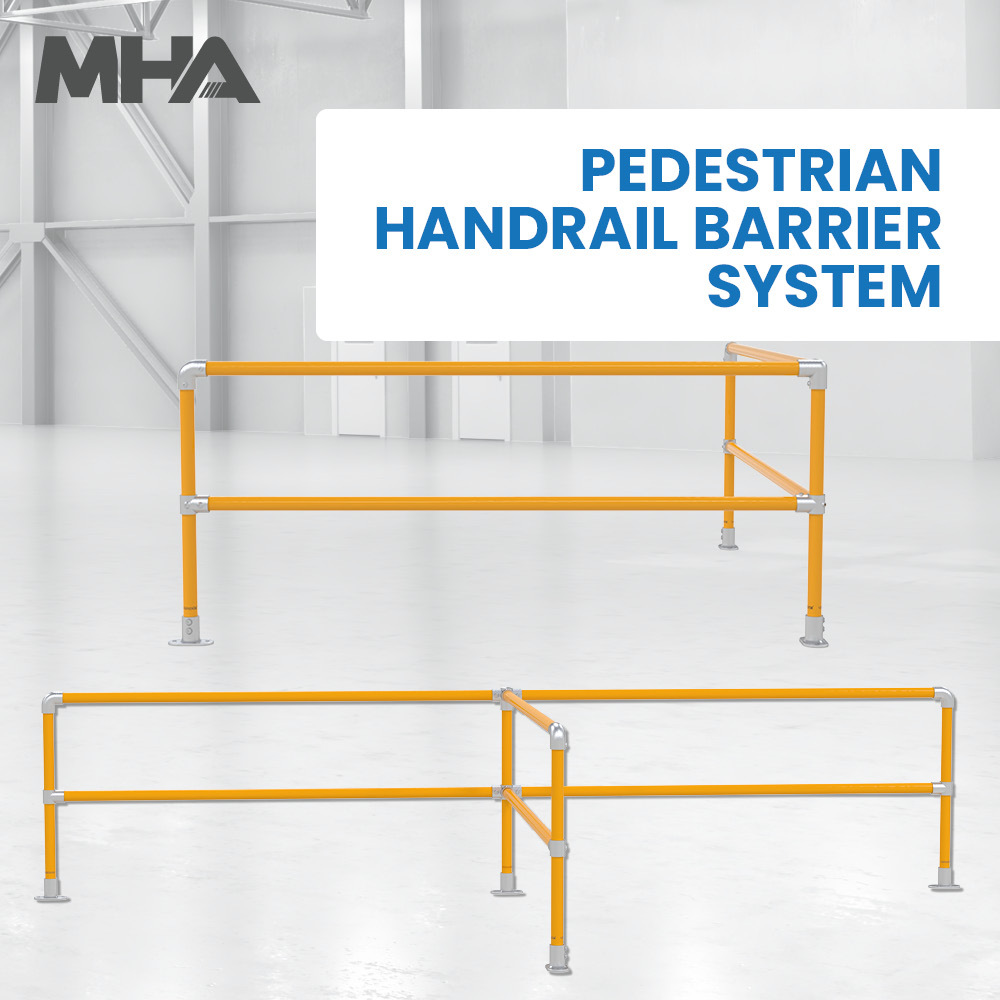Secure Workplace with Quality Handrails and Barriers
Date Posted:16 August 2024
Consulting with safety experts and conducting thorough risk assessments can help identify specific areas where handrails and barriers are needed. Custom solutions can be designed to address these risks, providing optimal protection and peace of mind for..
In today's fast-paced work environments, ensuring safety is more than a regulatory requirement; it's a commitment to the well-being of employees and the overall productivity of the business. One of the most effective ways to enhance workplace safety is by implementing quality handrails and barriers. These essential components not only protect workers but also contribute to an organised and efficient workspace.
The Role of Handrails and Barriers in Safety
Handrails and barriers serve as physical safeguards, preventing accidents and injuries. They provide support and guidance in areas prone to slips, trips, and falls, such as staircases, ramps, and elevated walkways. Barriers, on the other hand, are crucial in segregating hazardous zones, controlling pedestrian traffic, and protecting equipment from accidental damage.
Preventing Falls and Slips
Falls are a leading cause of workplace injuries. Quality handrails offer reliable support, helping employees maintain balance and navigate safely across different levels. In environments like construction sites, factories, and warehouses, where uneven surfaces and elevated platforms are common, sturdy handrails can make a significant difference.
Installing handrails along staircases, ramps, and platforms ensures that workers have something to hold onto, reducing the risk of falls. Moreover, handrails made from durable materials like stainless steel or aluminium provide longevity and require minimal maintenance, making them a cost-effective safety solution.
Controlling Traffic Flow
Workplaces, especially industrial and commercial facilities, often have areas with heavy machinery, forklifts, and other equipment in motion. Barriers help control the flow of pedestrian and vehicular traffic, preventing accidents and ensuring a smooth operation. By clearly demarcating safe walkways and restricted zones, barriers guide employees and visitors, reducing the chances of mishaps.
For instance, in a warehouse, barriers can be used to create designated pathways for pedestrians, keeping them separate from areas where forklifts operate. This not only enhances safety but also improves efficiency by reducing the risk of disruptions caused by accidents.
Protecting Equipment and Infrastructure
Accidental collisions with machinery and infrastructure can lead to costly damages and downtime. Barriers act as protective shields, absorbing impact and preventing damage to equipment, storage racks, and building structures. This is particularly important in environments where heavy machinery is in constant use.
Installing barriers around sensitive equipment, such as electrical panels, computer servers, or production lines, ensures that these critical components remain safe from accidental bumps or crashes. Additionally, barriers can be used to protect building features like columns, walls, and loading docks from damage, maintaining the integrity of the facility.
Enhancing Compliance with Safety Standards
Adhering to occupational health and safety regulations is mandatory for all businesses. Quality handrails and barriers help ensure compliance with these standards, avoiding potential fines and legal issues. Regulations often specify the requirements for handrails and barriers in terms of height, strength, and placement, and using compliant products is crucial.
By investing in certified handrails and barriers, businesses demonstrate their commitment to creating a safe work environment. This not only boosts employee morale but also enhances the company's reputation, attracting clients and partners who value safety and reliability.
Customising Solutions for Specific Needs
Every workplace has unique safety requirements, and customising handrails and barriers to meet these needs is essential. Whether it's the height of a handrail, the material used, or the placement of barriers, tailored solutions ensure maximum effectiveness.
Consulting with safety experts and conducting thorough risk assessments can help identify specific areas where handrails and barriers are needed. Custom solutions can be designed to address these risks, providing optimal protection and peace of mind for employees.
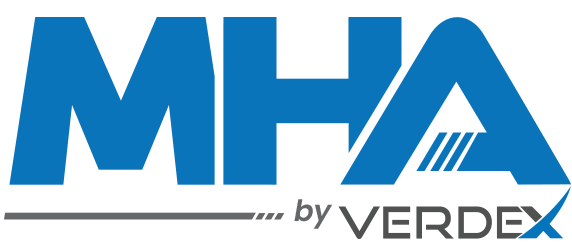


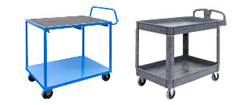

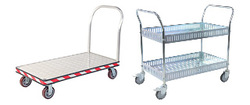
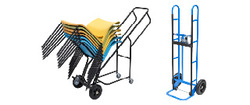
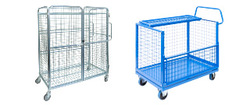
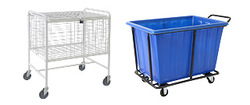
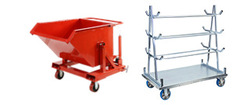
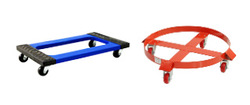
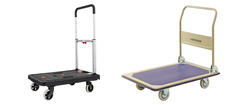
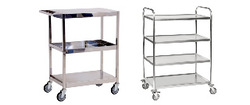
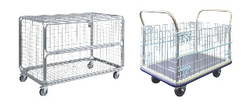
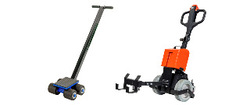
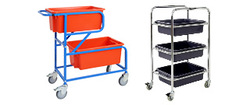
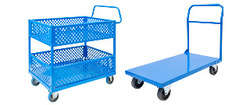
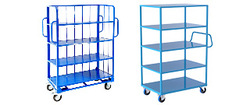
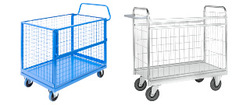
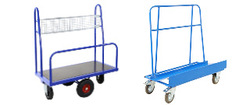
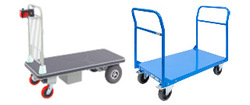
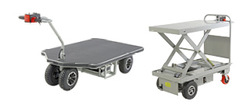
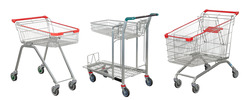
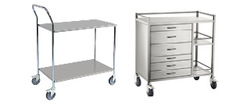
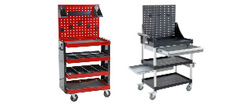
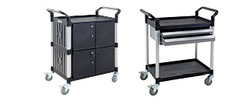
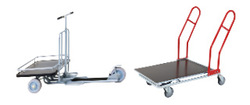
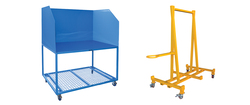



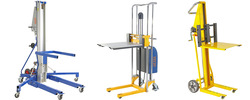



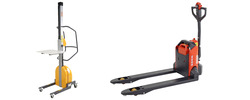
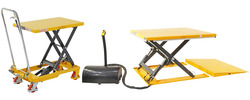
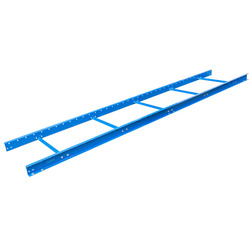
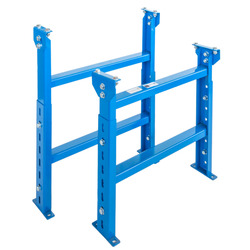
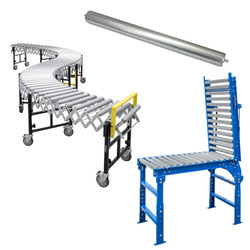
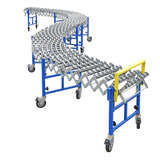


















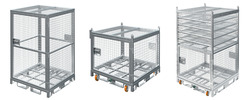

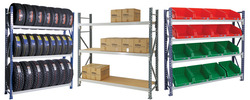
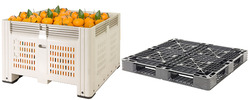
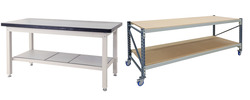
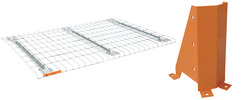
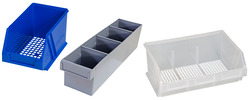

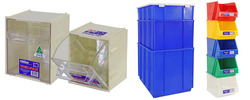

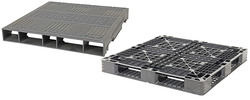

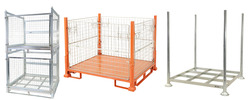
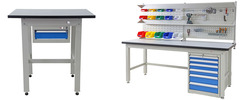
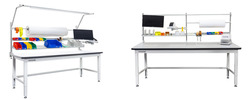

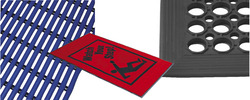
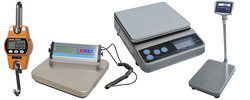



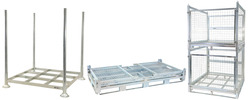
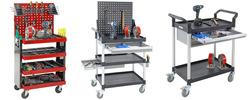
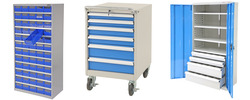

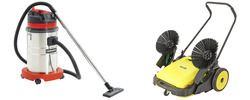











 Trolleys / Hand Trucks
Trolleys / Hand Trucks 2 Tier Trolleys
2 Tier Trolleys 3 Tier Trolleys
3 Tier Trolleys Aluminium Trolleys
Aluminium Trolleys Appliance & Hand Trucks
Appliance & Hand Trucks Cage Trolleys
Cage Trolleys Cleaning Carts & Trolleys
Cleaning Carts & Trolleys Construction Trolleys
Construction Trolleys Dollies
Dollies Foldable Trolleys
Foldable Trolleys Hospital Trolleys
Hospital Trolleys Laundry/Linen Trolleys
Laundry/Linen Trolleys Load Skates & Tow Tugs
Load Skates & Tow Tugs Mail / Office Trolleys
Mail / Office Trolleys Multi Purpose Trolleys
Multi Purpose Trolleys Multi-Tier Shelf Trolleys
Multi-Tier Shelf Trolleys Order Picking Trolleys
Order Picking Trolleys Panel Cart Trolleys
Panel Cart Trolleys Platform Trolleys
Platform Trolleys Powered Trolleys
Powered Trolleys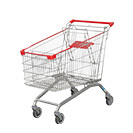 Shopping Trolleys
Shopping Trolleys Stainless Steel Trolleys
Stainless Steel Trolleys Tool Trolleys
Tool Trolleys Utility Carts
Utility Carts Warehouse Trolleys
Warehouse Trolleys Custom Trolleys
Custom Trolleys Lifting Equipment
Lifting Equipment Forklift Attachments
Forklift Attachments Jib Attachments
Jib Attachments Lifting Hoists & Pallet Hooks
Lifting Hoists & Pallet Hooks Manual Stackers & Lifters
Manual Stackers & Lifters Pallet Jacks
Pallet Jacks Pallet Lifters
Pallet Lifters Pallet Rotators & Dispenser
Pallet Rotators & Dispenser Powered Pallet Trucks & Electric Lifters
Powered Pallet Trucks & Electric Lifters Scissor Lift Trolleys and Tables
Scissor Lift Trolleys and Tables Conveyor Equipment
Conveyor Equipment Conveyor Frames
Conveyor Frames Conveyor Stands
Conveyor Stands Roller Conveyors
Roller Conveyors Skate Wheel Conveyors
Skate Wheel Conveyors Access Equipment
Access Equipment Container & Yard Ramps
Container & Yard Ramps Step Stools & Ladders
Step Stools & Ladders Work Platforms & Crane Cages
Work Platforms & Crane Cages Drum Handling
Drum Handling Drum Storage & Bunding
Drum Storage & Bunding Drum Trolleys & Lifters
Drum Trolleys & Lifters Forklift Drum Handling
Forklift Drum Handling Containment & Spillage
Containment & Spillage Aerosol Cans Storage Cages
Aerosol Cans Storage Cages Bunded Pallets & Storage
Bunded Pallets & Storage Corrosive Goods Storage Cabinets
Corrosive Goods Storage Cabinets Flammable Liquid Cabinets
Flammable Liquid Cabinets Forklift Gas Storage Cages
Forklift Gas Storage Cages Gas Cylinder Storage
Gas Cylinder Storage Site Storage
Site Storage Spill Kits
Spill Kits Stillage Cages
Stillage Cages Waste Handling
Waste Handling Bin Lifters & Tippers
Bin Lifters & Tippers Plastic Waste Bins and Carts
Plastic Waste Bins and Carts Steel Waste and Tipping Bins
Steel Waste and Tipping Bins Storage Equipment
Storage Equipment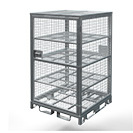 750 Series Cage Configurations
750 Series Cage Configurations Heavy Duty Cabinets & Benches
Heavy Duty Cabinets & Benches Heavy Duty Shelving
Heavy Duty Shelving Mega Bins & Pallets
Mega Bins & Pallets Packing Benches
Packing Benches Pallet Racking Accessories
Pallet Racking Accessories Parts Trays & Stor-Pak Bins
Parts Trays & Stor-Pak Bins Pegboard & Louvre Panels
Pegboard & Louvre Panels Plastic Bins
Plastic Bins Plastic Handling Solutions Bins
Plastic Handling Solutions Bins Plastic Pallets
Plastic Pallets Stack & Nest Bins
Stack & Nest Bins Storage Cages
Storage Cages Workplace Equipment
Workplace Equipment Workbenches
Workbenches Modular Workbenches
Modular Workbenches Electric Height-Adjustable Workbenches
Electric Height-Adjustable Workbenches Floor Matting
Floor Matting Industrial Weighing Scales
Industrial Weighing Scales Pallet Wrapping & Packaging Machinery
Pallet Wrapping & Packaging Machinery Ramps
Ramps Stationery Cupboards
Stationery Cupboards Storage and Stillage Cages
Storage and Stillage Cages Tool Trolleys
Tool Trolleys Tooling Cabinets
Tooling Cabinets Wheelie Bins
Wheelie Bins Workshop Equipment
Workshop Equipment Safety Equipment
Safety Equipment Gloves and PPE
Gloves and PPE Pallet Rack Post Protectors
Pallet Rack Post Protectors Safety Barriers & Bollards
Safety Barriers & Bollards Safety Knives & Cutters
Safety Knives & Cutters Signs and Traffic Supplies
Signs and Traffic Supplies Tool & First Aid Boxes
Tool & First Aid Boxes Construction Equipment
Construction Equipment Concrete Equipment
Concrete Equipment General Site Equipment
General Site Equipment Lifting Equipment
Lifting Equipment Site Storage
Site Storage Waste
Waste 

